Few areas of the United States have as endured as long as Flushing, Queens, a neighborhood with almost over 375 years of history and an evolving cultural landscape that includes Quakers, trees, Hollywood films, world fairs, and Asian immigrants.
In this special on-location episode of the Bowery Boys, Greg and special guest Kieran Gannon explore the epic history of Flushing through five specific locations — the Bowne House, Kingsland Homestead (home of the Queens Historical Society), the Lewis Latimer House Museum, Flushing Meadows-Corona Park and a downtown dumpling restaurant named Old Captain’s Dumplings.
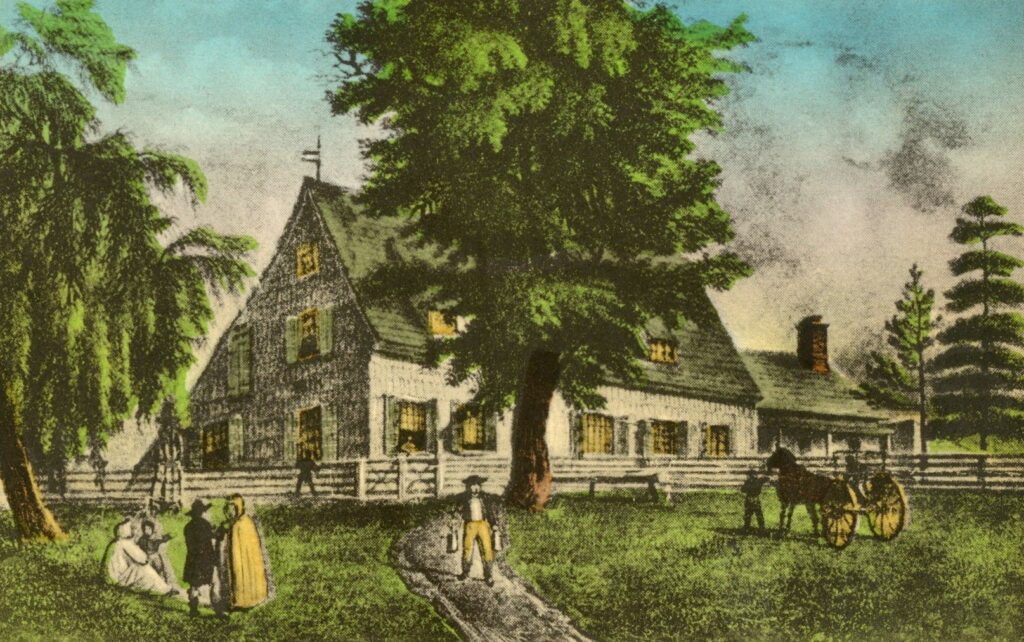
Built on the marshy banks of Flushing Creek, the original Dutch village of Flushing (or Vlissingen) was populated by English settlers, Quakers like John and Hannah Bowne whose home became one of America’s first Quaker meeting places — and the site of a religious struggle critical to the formation of the future United States.
By the early 19th century, Flushing was better known for its tree and shrub nurseries which would introduce dozens of new plant species to North America.
After the Civil War, Flushing became a weekend getaway and commuter town for the residents of western Long Island. The former civic center of town — the 1862 Flushing Town Hall — is still a vibrant performance venue today.
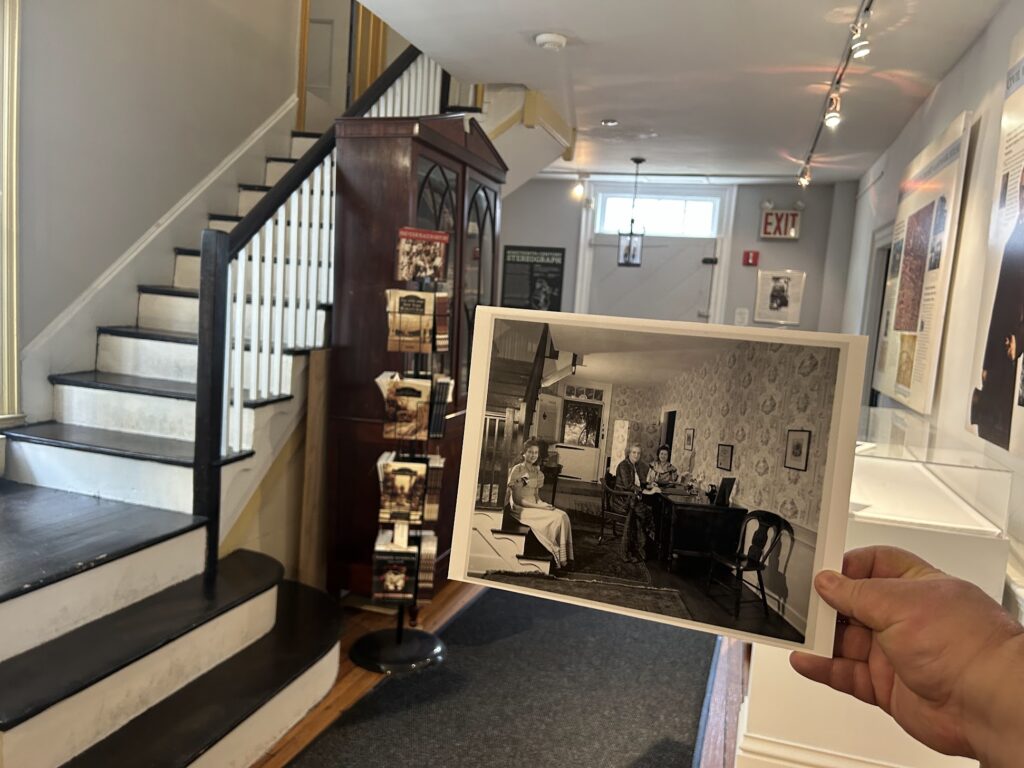
The creation of the borough of Queens in 1898 brought surprising changes to Flushing — from the arrival of the early silent-film industry to the development of new parks and highways (thanks to our old friend Robert Moses).
But the most stunning transformation of all came after 1965 when American immigration quotas were eliminated and Flushing gained thousands of new residents from China, Taiwan, Korea, India and other South Asian countries.
Featuring interviews with Elise Helmers and Emily Vieyra-Haley from the Bowne House, Jason Antos from the Queens Historical Society, Kyle Supley from Bowery Boys Walks and Flushing food guide Owen Tan.
LISTEN NOW: THE STORY OF FLUSHING
For more information on our guests, visit the links below:
Bowne House
Flushing Quaker Meeting House
Lewis Latimer House Museum
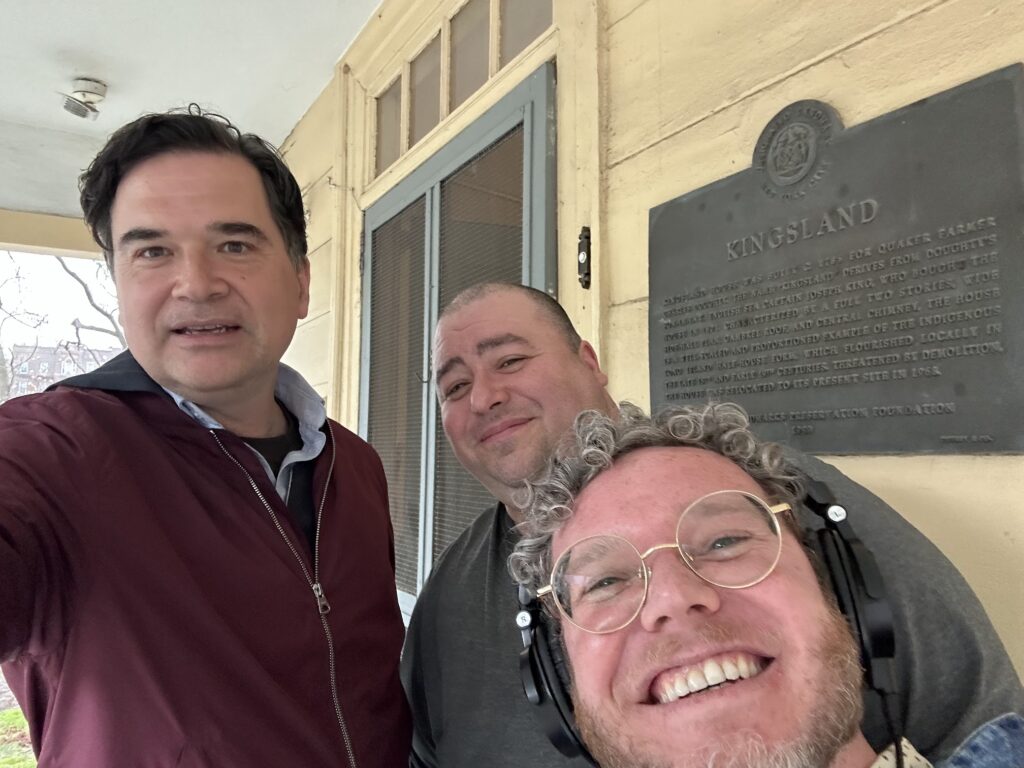
Jason Antos, Queens Historical Society
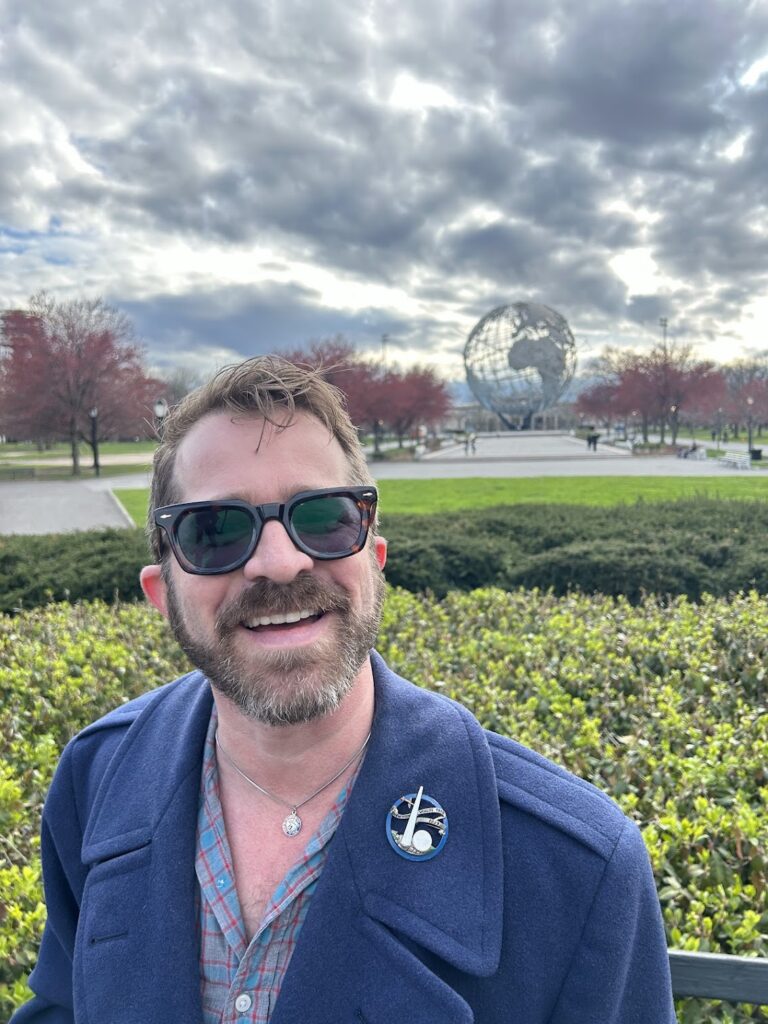
To book tours with Kyle Supley
New York Worlds Fair Tour
Under the High Line: Exploring Chelsea
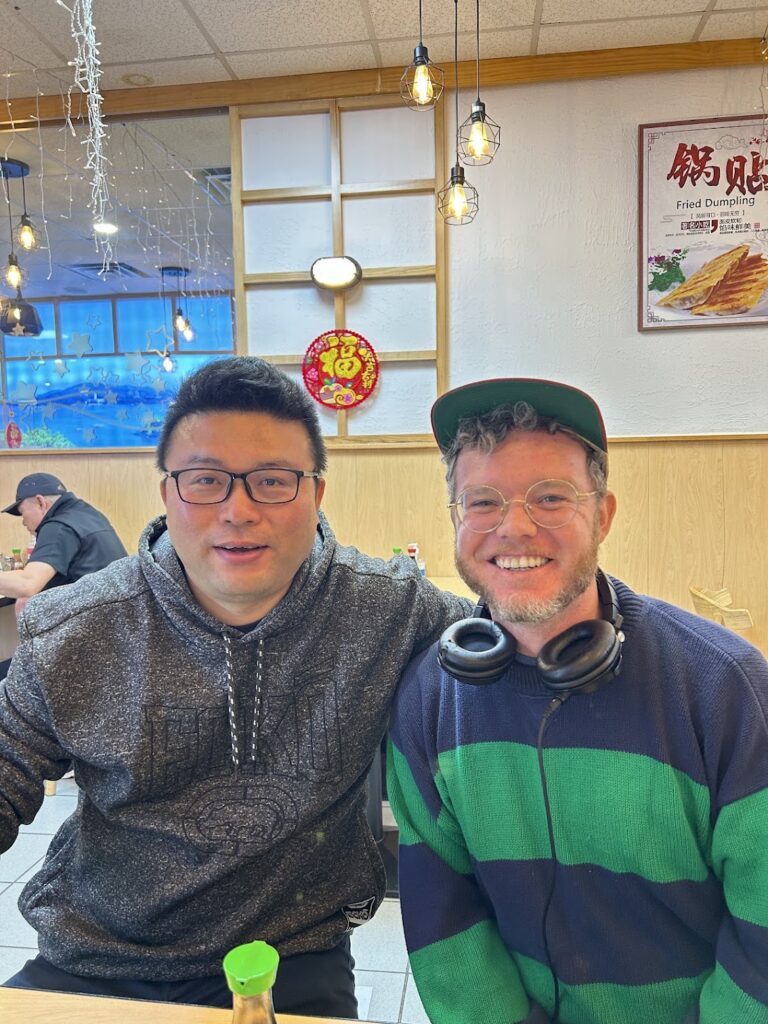
To book a Flushing food tour with Owen Fan
Urban Passer
Trip Advisor/Flavors of Flushing
Mayor La Guardia’s message about the Bowne House, recorded in the parlor
And the Bowne House was the subject of an excellent episode of Treasures of New York which features Emily — and the parlor crutch!
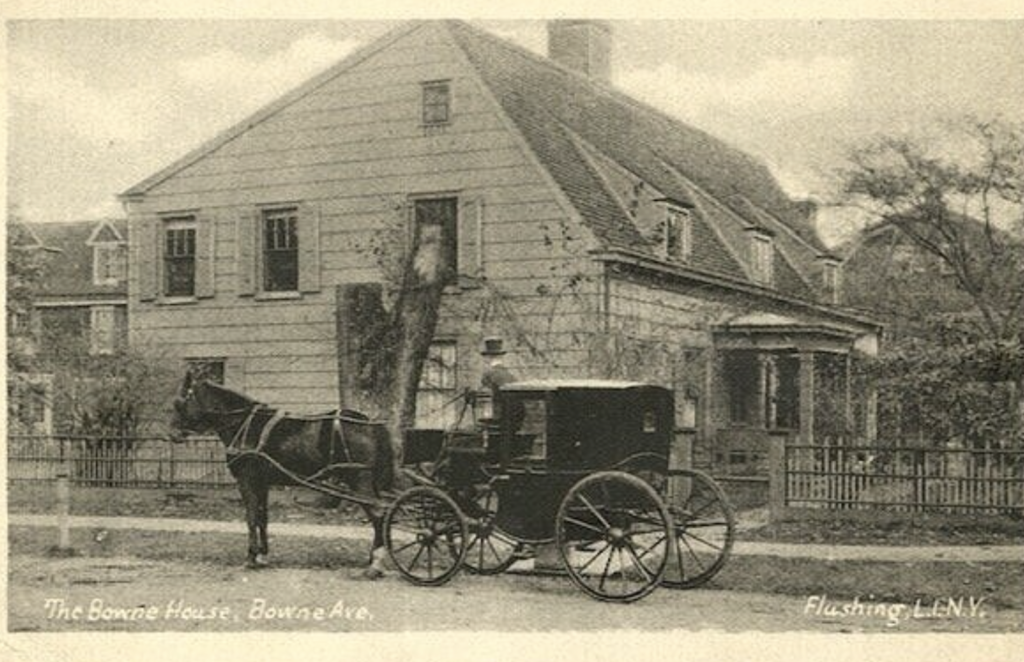
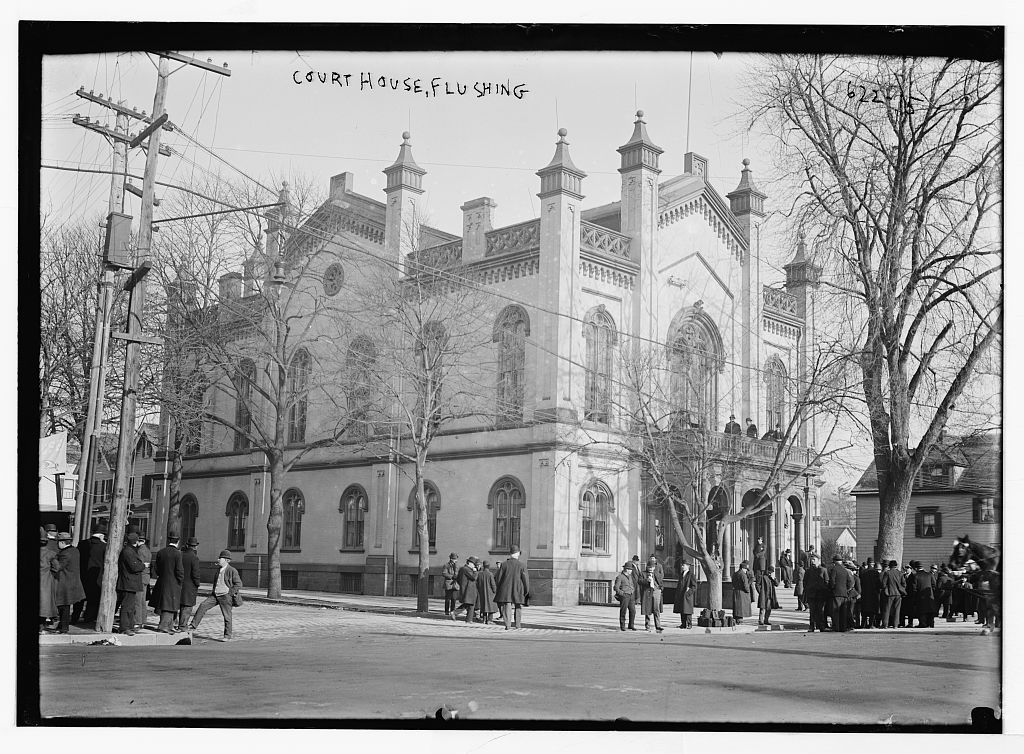
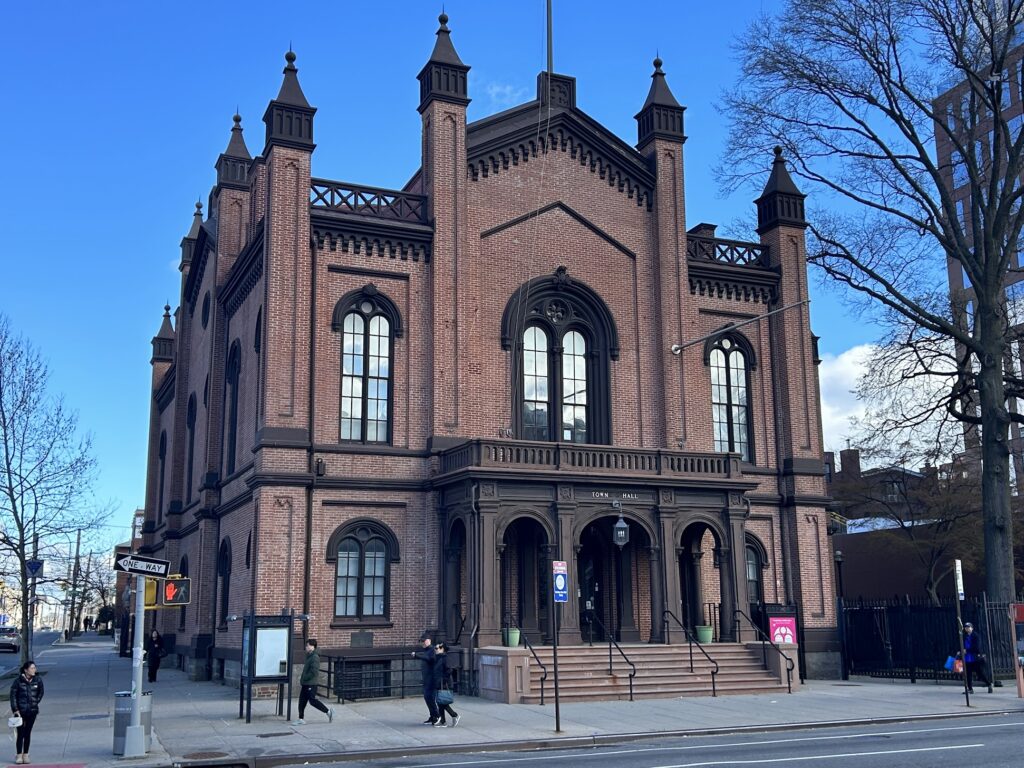
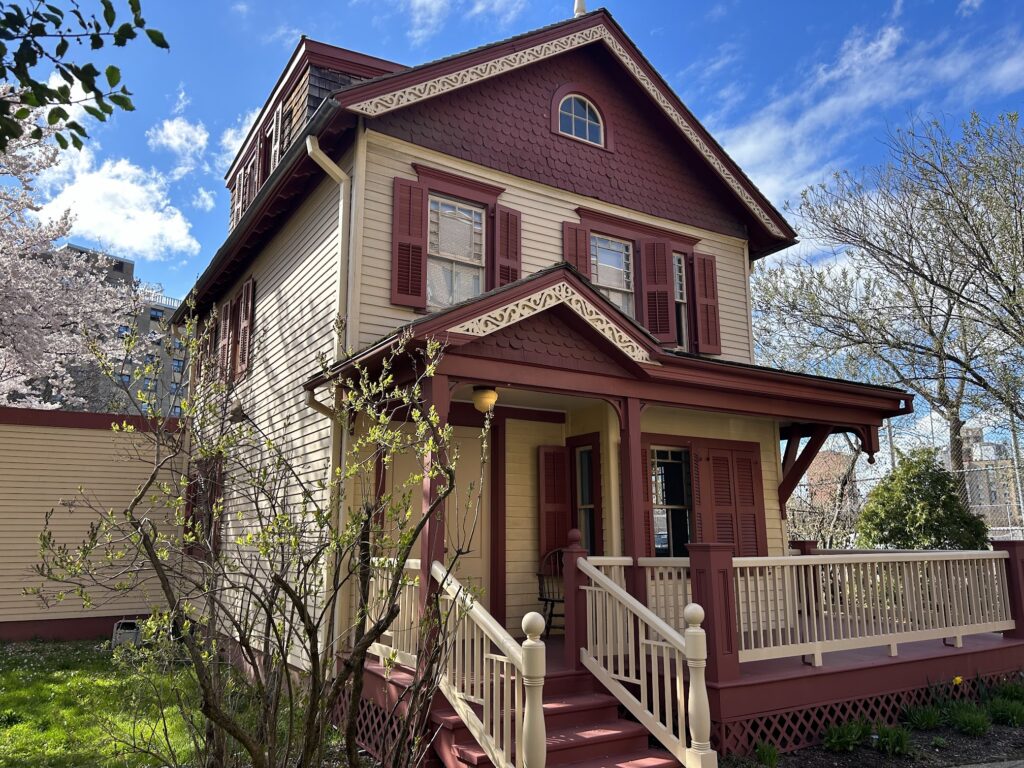
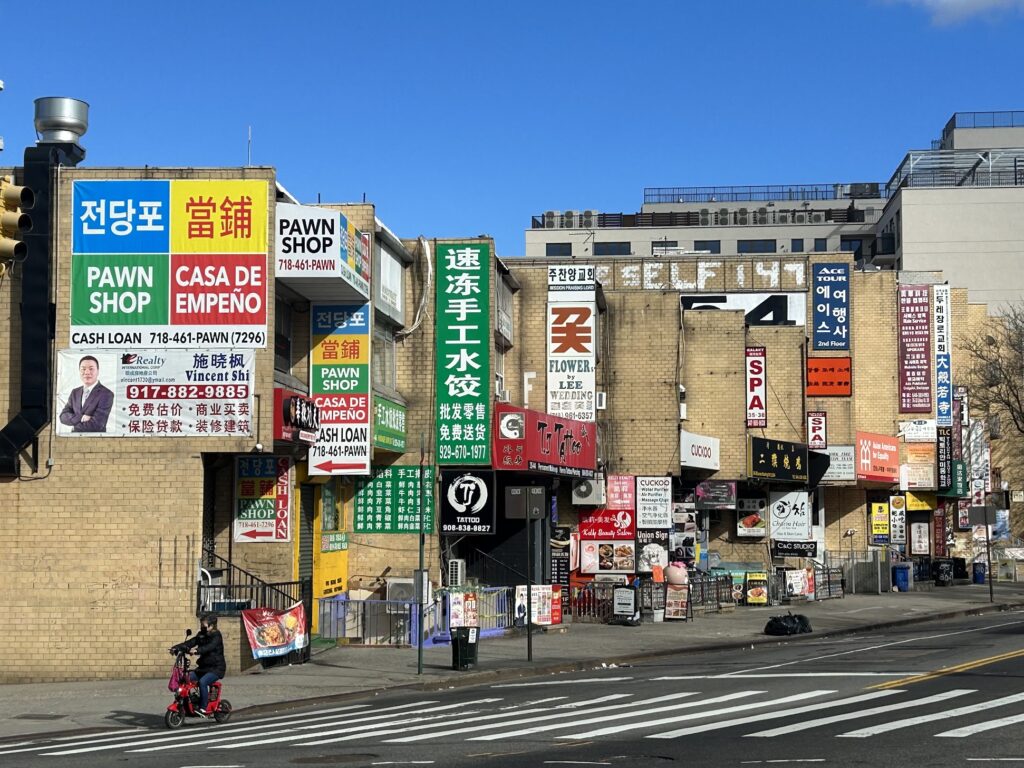
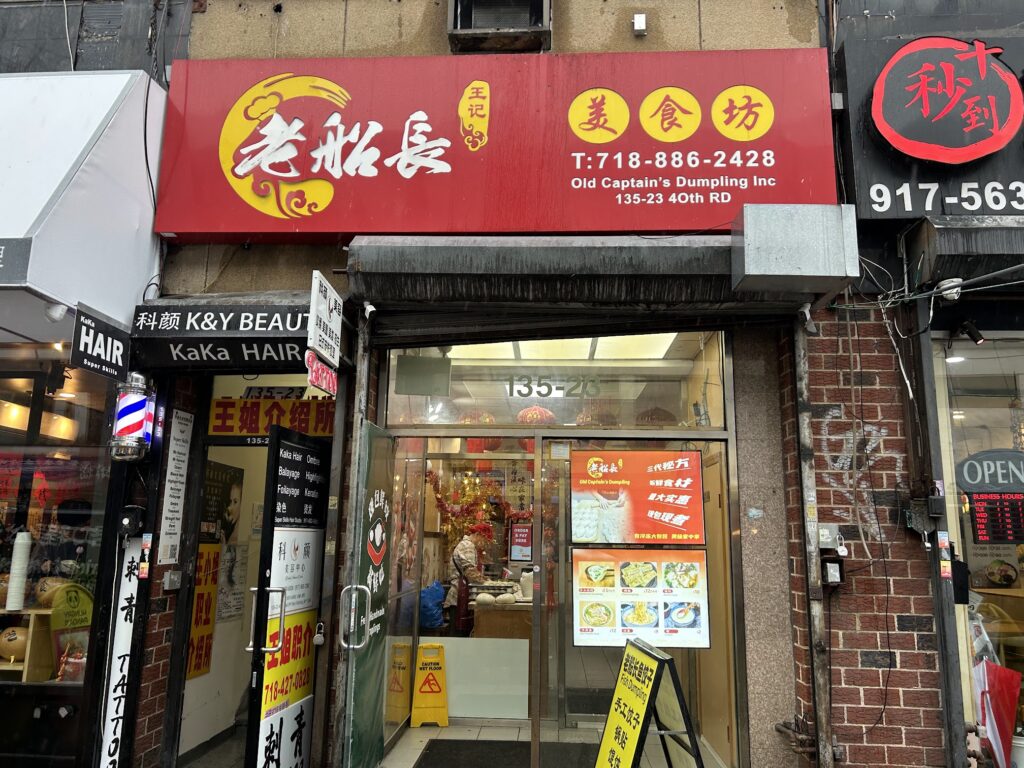
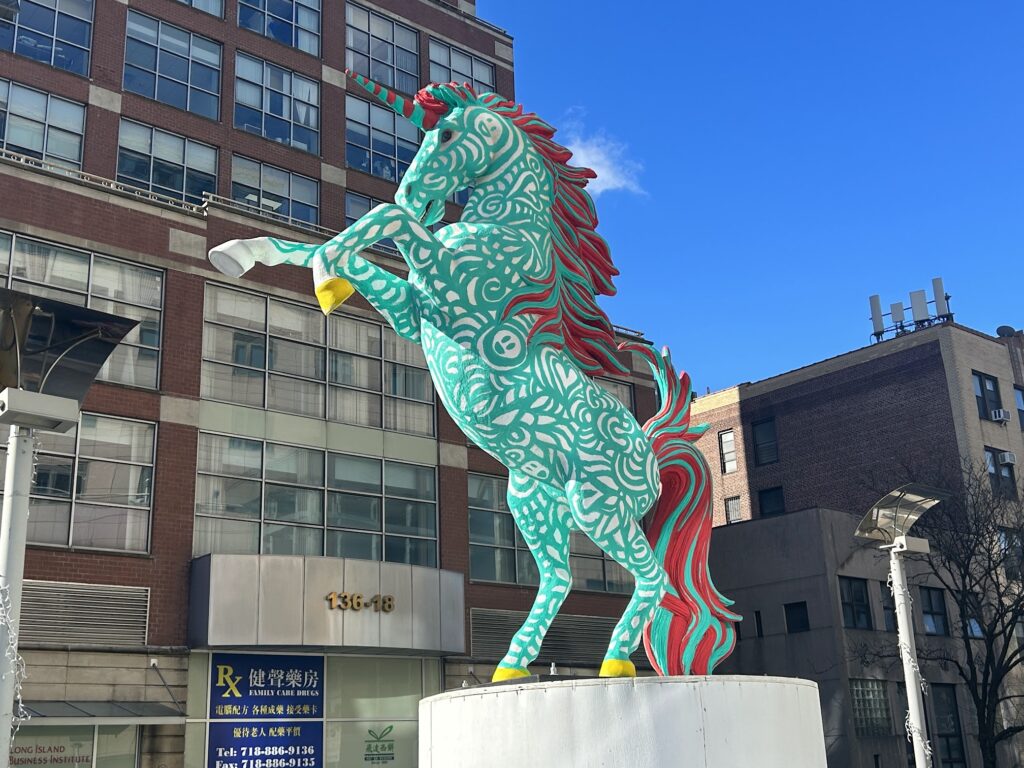
Seen in Flushing-Meadows Corona Park. Are the former salt marches returning to claim Robert Moses’ park?
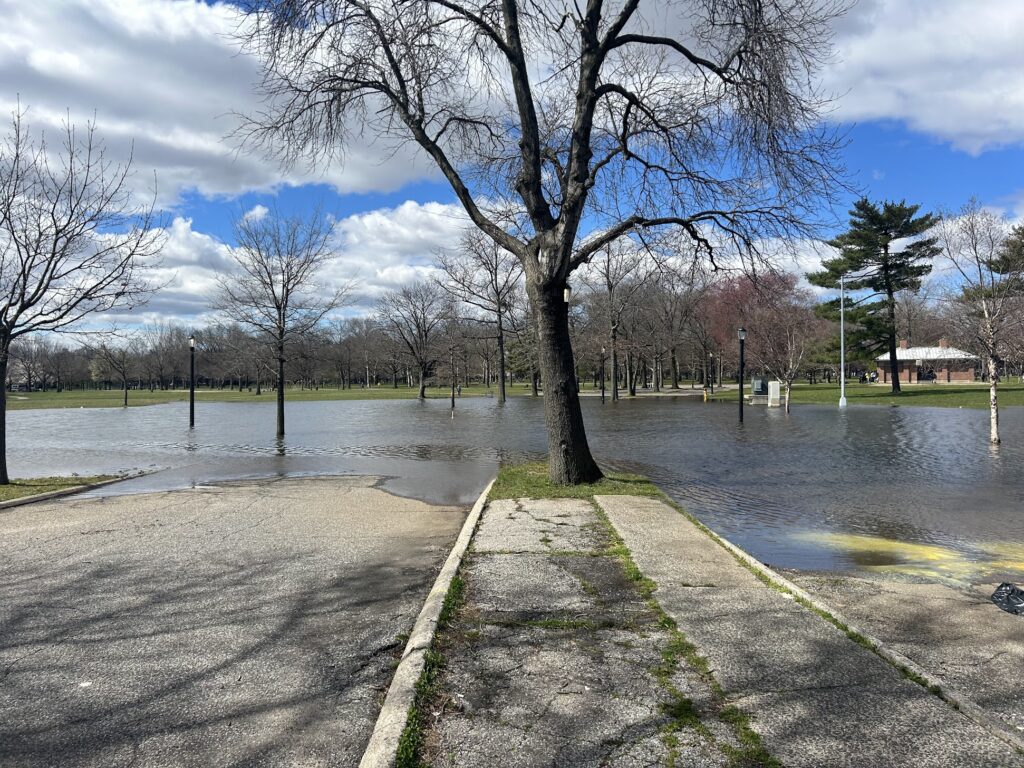
Flushing is a national landmark of religious expression. There are dozens and dozens of houses of worship here. Just a few that I managed to see:
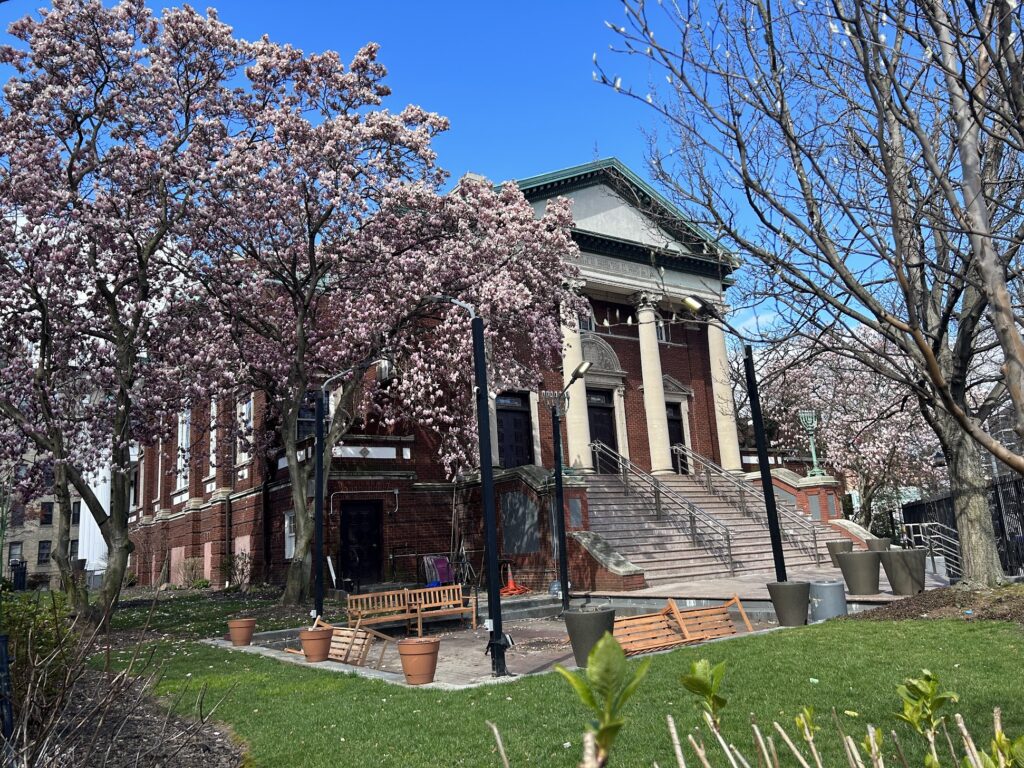
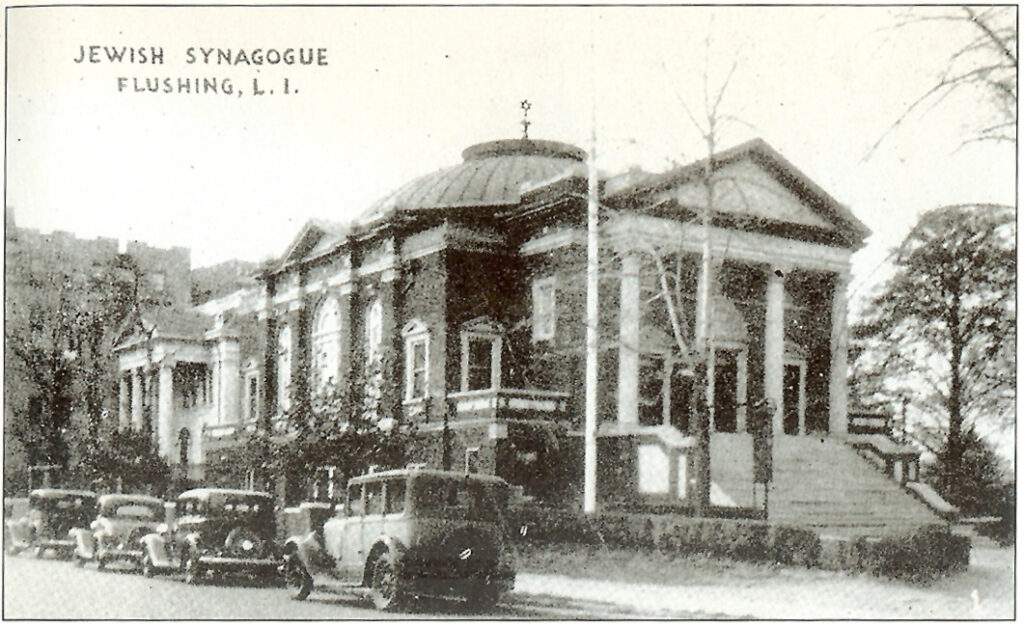
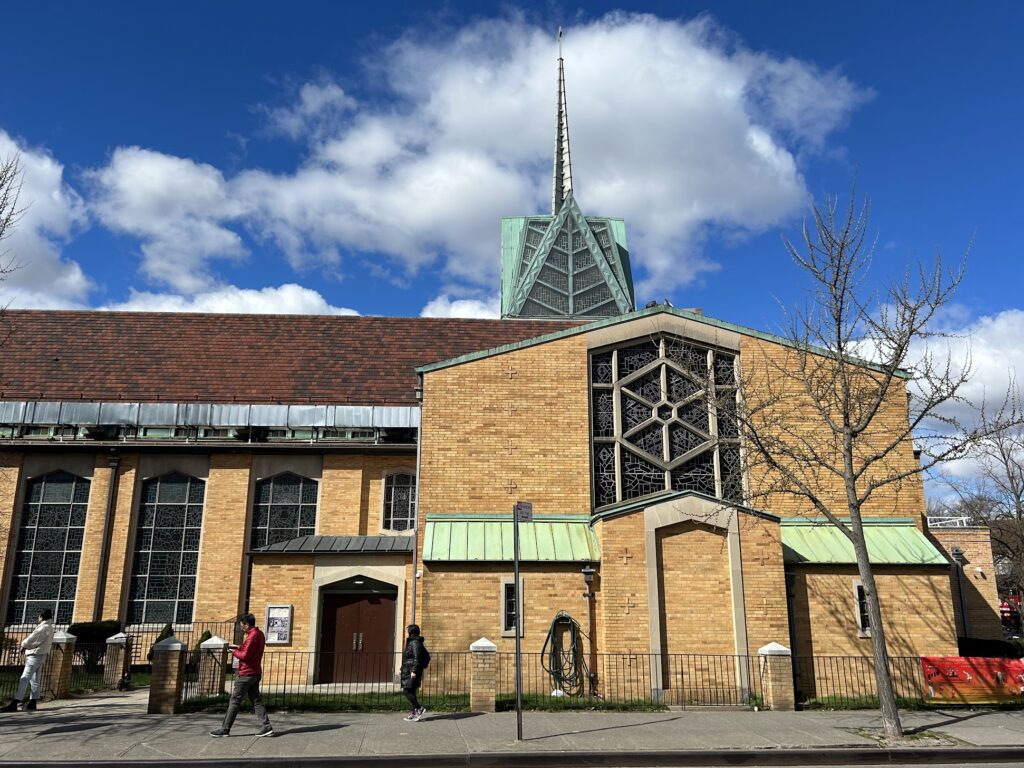
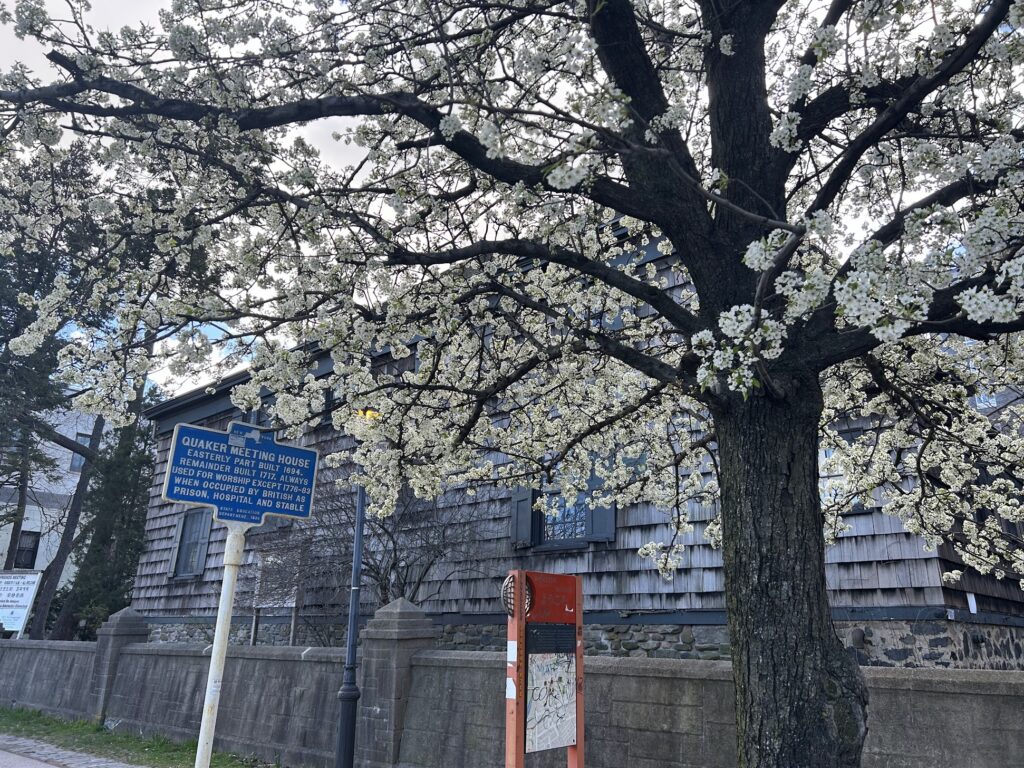
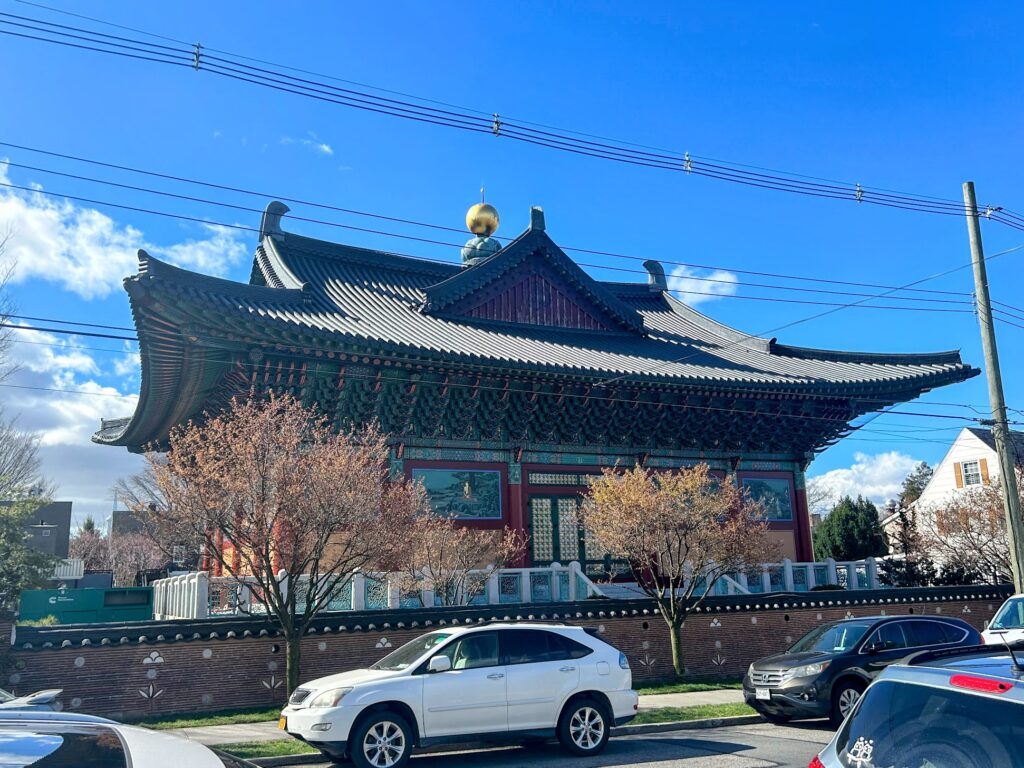
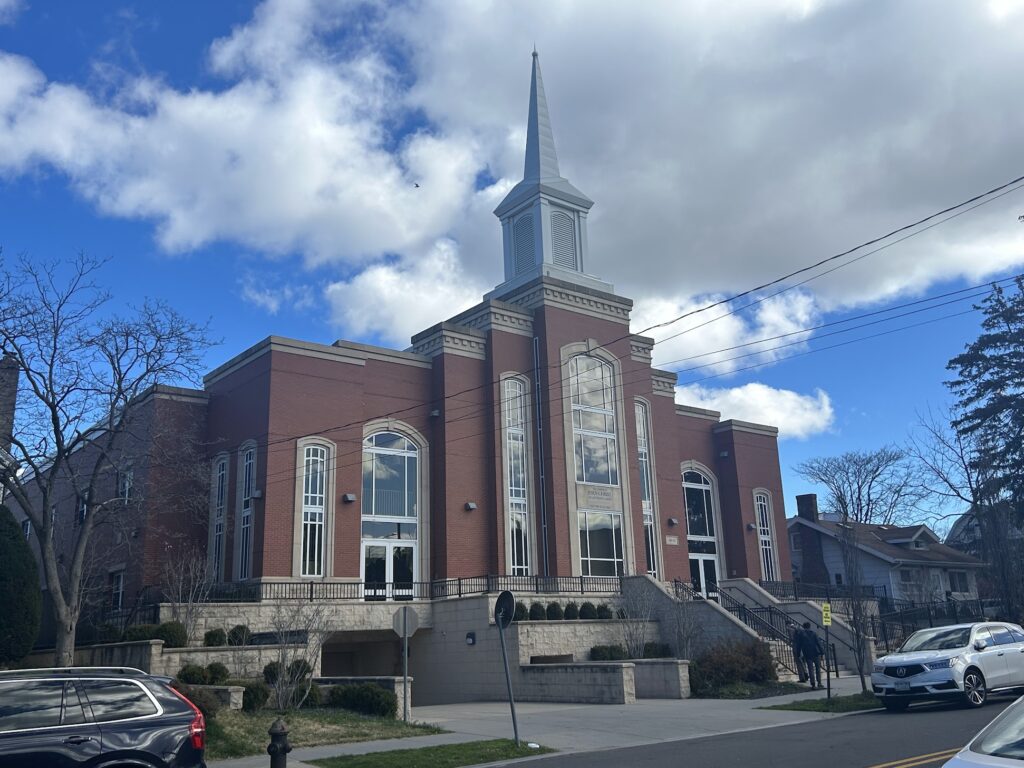
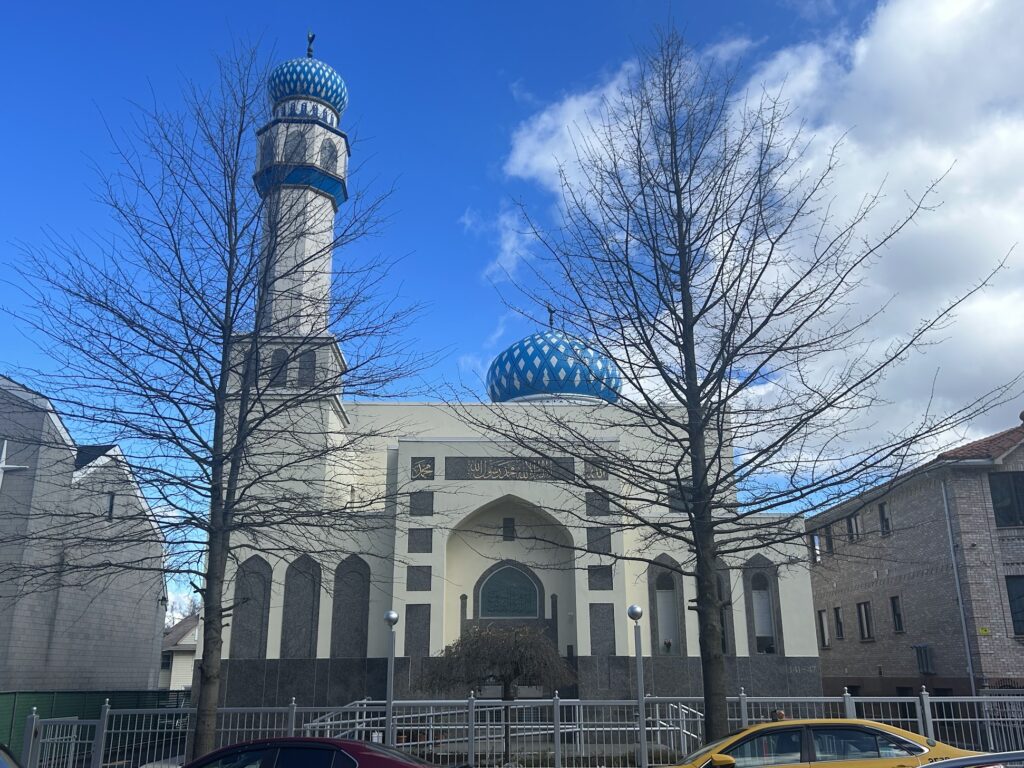

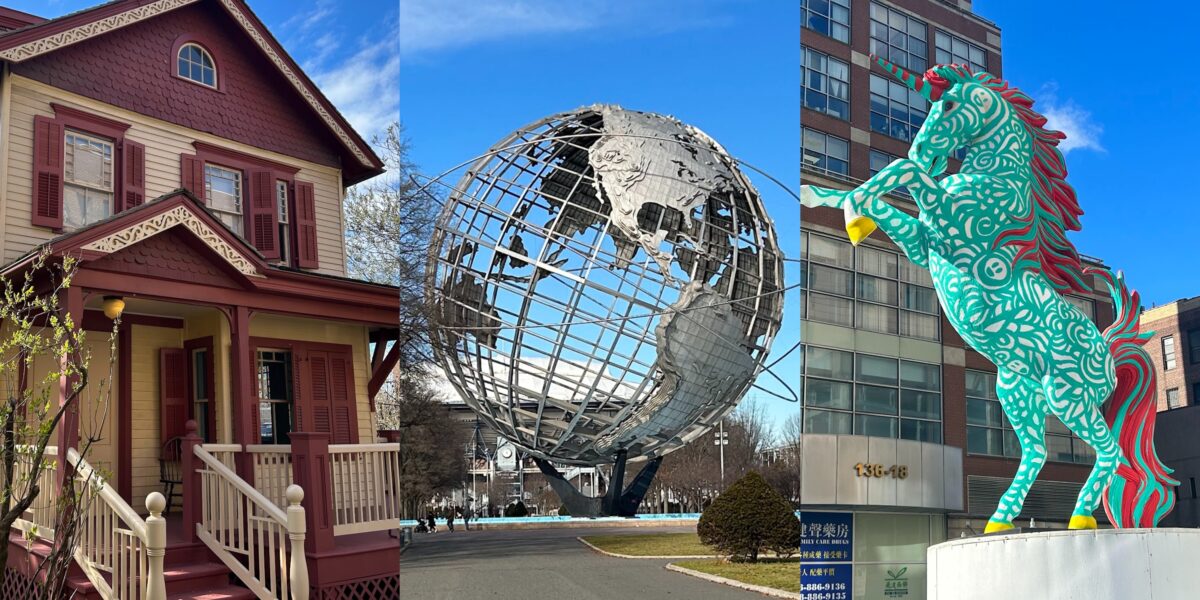
1 reply on “The Story of Flushing: An Epic History of Queens Old and New”
Love the food tour guy! He was so cute. Can u add link to his tours or his restaurant in the notes? I want to hear more of his stories about the food.